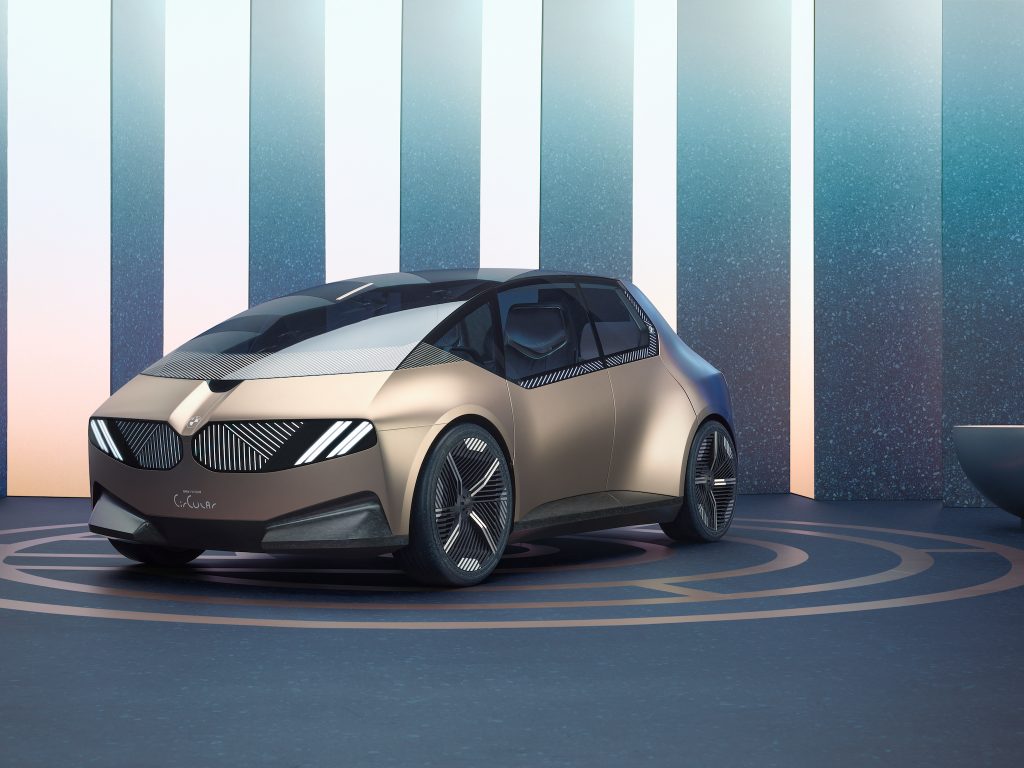April 17, 2025
Exclusive
Breaking News
 Actor Alain Delon’s dog was not given an injection to be buried together: what are our rules?
Actor Alain Delon’s dog was not given an injection to be buried together: what are our rules?
 Bitcoin price rises after new jobs data from US
Bitcoin price rises after new jobs data from US
 Subscribe! Cristiano Ronaldo is now also breaking a world record with… a brand new YouTube channel
Subscribe! Cristiano Ronaldo is now also breaking a world record with… a brand new YouTube channel
 GALA lacks a chapter on e-health
GALA lacks a chapter on e-health
 Comet Tsuchinshan-Atlas is ready to shine this fall
Comet Tsuchinshan-Atlas is ready to shine this fall
 Actor Alain Delon’s dog was not given an injection to be buried together: what are our rules?
Actor Alain Delon’s dog was not given an injection to be buried together: what are our rules?
 Bitcoin price rises after new jobs data from US
Bitcoin price rises after new jobs data from US
 Subscribe! Cristiano Ronaldo is now also breaking a world record with… a brand new YouTube channel
Subscribe! Cristiano Ronaldo is now also breaking a world record with… a brand new YouTube channel
 GALA lacks a chapter on e-health
GALA lacks a chapter on e-health
 Comet Tsuchinshan-Atlas is ready to shine this fall
Comet Tsuchinshan-Atlas is ready to shine this fall




More Stories
GALA lacks a chapter on e-health
Weird beer can taste really good.
Planets contain much more water than previously thought